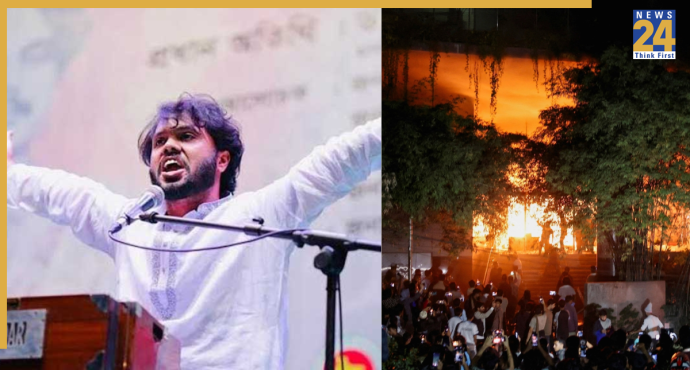New Delhi: As per the predictions, India’s e-retail business will reach $150 billion to $170 billion by 2027. According to a report by consulting company Bain & Company and Flipkart, this suggests a 25%–30% annual growth rate and a doubling of market penetration to 9%–10% over the following five years.
In the next one to two years, according to the report “How India Shops Online 2022,” India will overtake the US to have the second-largest shopper base (after China). Future e-retail growth will continue to be driven by customer addition. The survey projects that by 2027, there would be 400–450 million internet shoppers in India. While just 180–190 million of these consumers made online purchases in 2021, the majority of them are already in the digital funnel — 450–500 million of them accessed social media.
“The Covid-19 pandemic has been a crucible moment for online retail in India. The pandemic has induced hypergrowth and a 12-month acceleration in market penetration,” said the report. “India currently has the third-largest shopper base globally, with 180–190 million online shoppers in 2021.”
The estimated $40 billion Indian e-retail business is expected to grow to $50 billion by 2022. Strong fundamentals in India are enabling an ongoing e-retail expansion.
India is already a very alluring e-retail sector because to its sizable online consumer base and third-largest global retail market. Massive headroom in terms of smartphone penetration (36% in India vs. 63% in China and 76% in the US), wealth ($2,000 per capita in India vs. $12,000 in China and $69,000 in the US), and already low data pricing offer the ideal conditions for long-term growth.
“Rising affluence will fuel consumption and increase spending per shopper,” said the report. “Although the current inflationary environment might prove to be a short-term headwind for the market, these structural drivers will ensure healthy growth in the medium to long term.”
The balance of categories for online purchases will change as well. Historically, the e-retail business has been dominated by segments including mobile phones, electronics, and appliances. Over the following five years, this will change. With the biggest penetration headroom (in comparison to mature markets), fashion, general goods categories (including personal care), and groceries will drive growth. By 2027, these segments will collectively make for as much as two thirds of the e-retail sector.
Between 40 and 50 million new customers joined the India e-retail market in 2021 alone, representing a 30%–35% increase over the online consumer base in 2020. These new customers are mostly from tier three or lower cities, and they include members of Gen Z, a group that will be important in the future. They start their online shopping with fashion as their primary category, and they frequently buy at lower price points.













